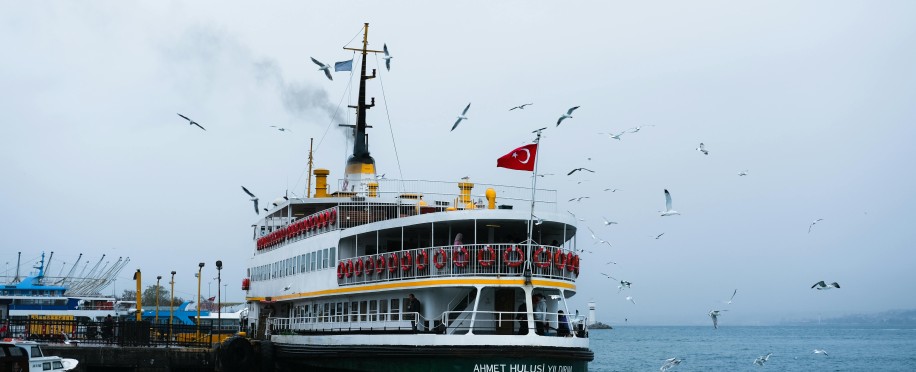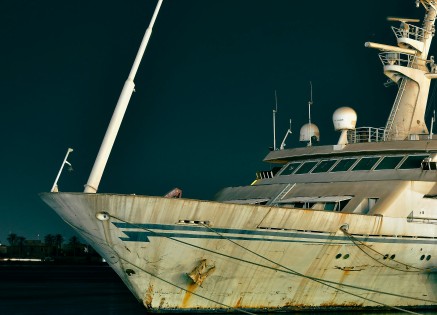Copyright © 2025 lmitac.com All Rights Reserved. Contact - Terms and Conditions - Privacy Policy - Quality Policy - Become an instructor - Vacancies - Sitemap
London Maritime Academy is a trade name for London Premier Groupversion: 2.9.0
London Maritime Academy is a trade name for London Premier Group

Posted on : 2/22/2025, 5:42:00 AM
When you're far from the coast, surrounded by water everywhere, with no landmark in sight, things can get dizzy. Your left and right can change and everything turns into a game of charades. That's why mariners invented a trick, using constant terms, that's where the terms port and starboard come from.
Let's take a look at what port and starboard refer to and how you can simply remember them
The terms Port and Starboard originated centuries ago when ships were steered with a single oar. Early vikings used the right-hand side for the steering oar because most sailors were right-handed. This side became known as “starboard”—from the Old English steorbord, meaning “the side on which a ship is steered.” Conversely, the left side, referring to the used for docking to protect the steering oar, was once called “larboard.” However, because “larboard” sounded too similar to “starboard,” it was replaced by “port” (derived from the Latin portus, meaning harbor) to avoid confusion.
Even with modern shipping technologies and digital nautical tools, the traditional distinctions hold their grounds as the fundamental building blocks of navigation. When you're standing on a vessel facing the bow, the left side is always going to be the side where cargo is loaded at port, and the right side is for steering. This convention is used globally by every mariner, and it's important for everyone to remember, ensuring that commands like “turn to port” or “maintain starboard” are universally understood.

How do they come to play in real life scenarios?
Let's get practical, having a standard word that refers to a fixed direction on a boat allows clear communication about a ship’s orientation and prevents misinterpretation, this is vital during complex sailing maneuvers or emergency situations.
More importantly, the terms port and starboard have become so common that it's a part of all port and shipping management courses UK. Why is that? Let's take two boats that are on a collision course, standardized signals based on these terms allow for an easy, decisive action, reducing the risk of accidents.
On board a vessel, clear usage of these terms can be the difference between a smooth voyage and a potential disaster. Imagine you’re coordinating a docking procedure: specifying “turn to port” immediately informs the crew to align the ship’s left side with the dock. This unambiguous language is crucial during night maneuvers when red port lights and green starboard lights guide vessels safely through dark waters.
Additionally, during training exercises, instructors stress the importance of these directions. Simulation drills often incorporate scenarios where misinterpretation of “Port and Starboard” could lead to collisions, reinforcing the necessity of mastering these terms. Whether in calm or stormy weather, the consistency of these directions helps ensure that every crew member, regardless of their background, knows exactly what to do.
Knowing these boating terms while you're in the middle of the ocean can save a life in cases of emergency, it's not just for fun and games, take a look at some of the essential terms you need to know:
Here's a scenario: A sailboat crew is navigating upwind.
Captain shouts: “Prepare to tack! We’re on a starboard tack —wind is hitting the starboard side. After the turn, we’ll switch to a port tack.”
What to do? Let's analyse:
Why does this system work:
Here's a quick tip for you: Port tack = Wind blowing over left shoulder. Starboard tack stands for Wind over right shoulder.
Understanding port and starboard is essential for safe and efficient maritime operations. These terms, rooted in centuries of seafaring history, provide a universal framework for navigation, reducing risks in congested waterways. So if you're planning to hop aboard a watercraft soon, keep those terms in mind, they can come in handy!